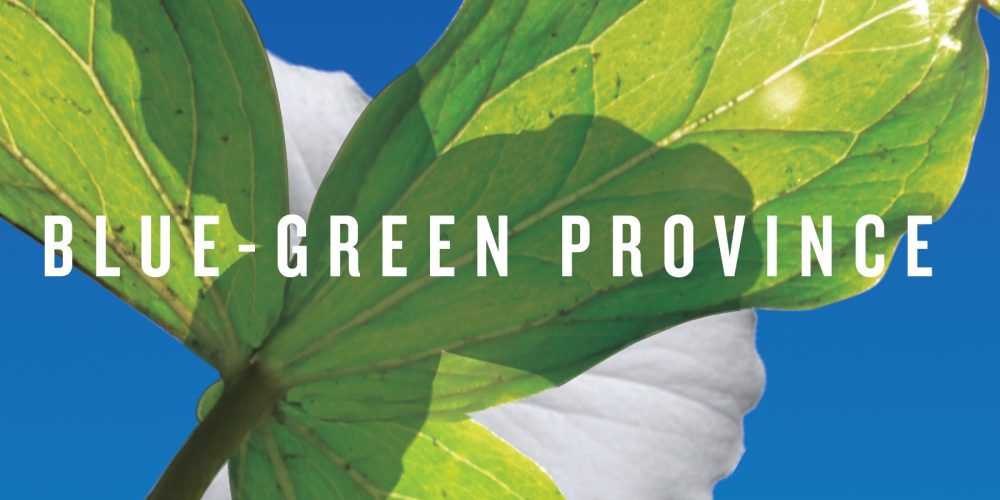The environment is a complex system in which changes to one component create long-term impacts. Policymaking, on the other hand, happens on a short-term time scale. Policies are typically introduced as a direct reaction to a perceived problem. Confounding the issue further is the fact that public interest in the environment changes constantly, rising in times of economic strength and falling in times of uncertainty.
The environment is a complex system in which changes to one component create long-term impacts. Policymaking, on the other hand, happens on a short-term time scale. Policies are typically introduced as a direct reaction to a perceived problem. Confounding the issue further is the fact that public interest in the environment changes constantly, rising in times of economic strength and falling in times of uncertainty. These factors inform the range of policy responses that York University environmental studies professor Mark Winfield examines in Blue-Green Province.
Winfield traces Ontario’s political action on the environment from the first regulation of local water quality in the 1880s, through the rise of popular environmentalism in the late 1960s, and into the politics of the present day. Because Ontario has had three distinct governing styles, he concludes that the province offers a particularly useful case study in the interaction between politics and the environment.
Winfield labels the business-as-usual style that has most often been employed in Ontario as “facilitative-managerial.” This approach – taken by both the Progressive Conservative dynasty of 1943 to 1985, and the current Liberal government (in power since 2003) – balances environmental interests with conventional economic ones on an issue-by-issue basis. Because this style involves both collaboration with industry and input from civil society and the scientific community, it lacks a single, binding vision.
The two other styles both have overarching visions, but they differ greatly. The activist-progressive approach taken primarily by the NDP in the early 1990s challenged status quo definitions of economy and environment. That administration sought to institutionalize sustainable development and strengthen the role of the Ministry of the Environment. In contrast, the neo-liberal vision of the Conservatives’ Common Sense Revolution in the late-90s was hostile toward any regulation of the private sector. Under Mike Harris and Ernie Eves, the environment was subordinated by economic interests. Their governments took action only after ecological disasters such as the E. coli outbreak in Walkerton.
Blue-Green Provincealso takes other societal factors into consideration, such as public opinion and the influence of non-state actors – for example, the standard institutional-ideological method used by Doern and Toner to develop the National Energy Program more than 30 years ago. But the main indicators that Winfield considers are public interest in environmental issues and the distinct approaches of different elected governments. In general, high public awareness of environmental issues has resulted in action by politicians, whereas low public consciousness has led to inaction or backtracking.
In the book’s conclusion, Winfield concedes that his analysis neglects the wide variety of ways that environmental issues can become part of the policy agenda. Political crises, economic shifts (such as outsourcing manufacturing jobs) and other policy influences can all play a role. But this limitation does little to weigh down his thorough and detailed examination of precise policies and the reactions of affected stakeholders.
A study of this depth and breadth did not exist for Ontario prior to this book, so Blue-Green Province will be an important reference point for students, professionals and academics who want to learn more about the history and development of the province’s environmental regulations. Winfield has categorized the past by exploring the context and history of existing policies, yet he has also created a framework for understanding the role that governing styles might play in making future environmental policy. These insights make his book a valuable tool that can easily be deployed to guide decision making well beyond Ontario’s borders.
Blue-Green Province, Mark Winfield, Vancouver: UBC Press, 2012, 296 pages
Subscribe now to get more book reviews in your mailbox!
Reviewer Information
Sylvie Spraakman is an environmental engineer based in Kitchener, Ontario. She blogs about water and energy resources, mining, climate change and other current issues at sylvieruminates.blogspot.ca.












